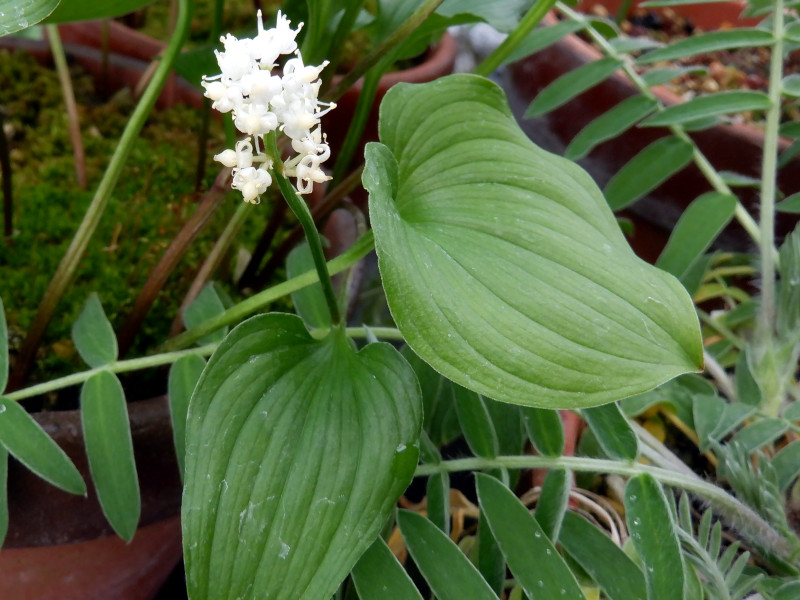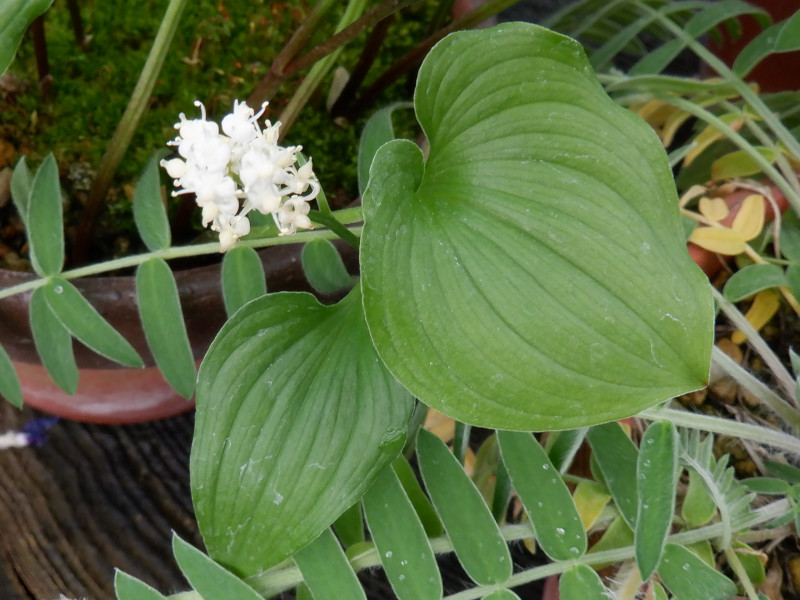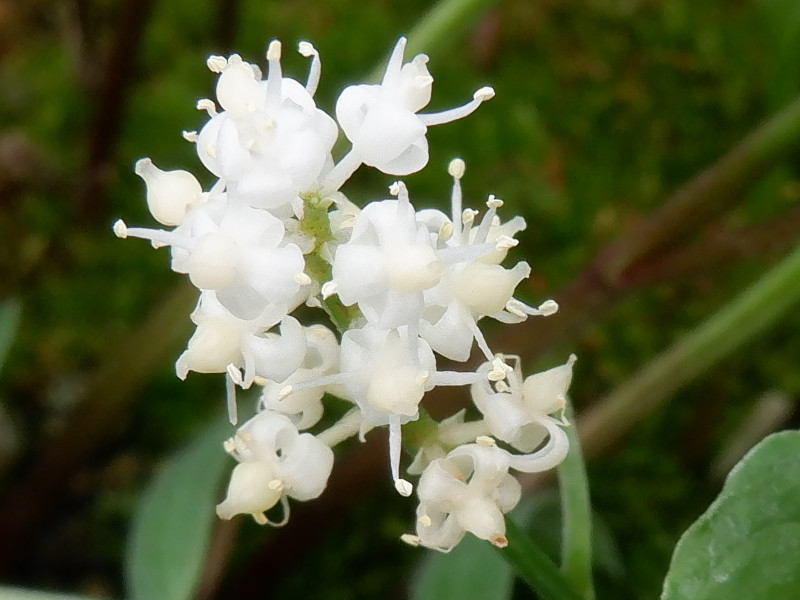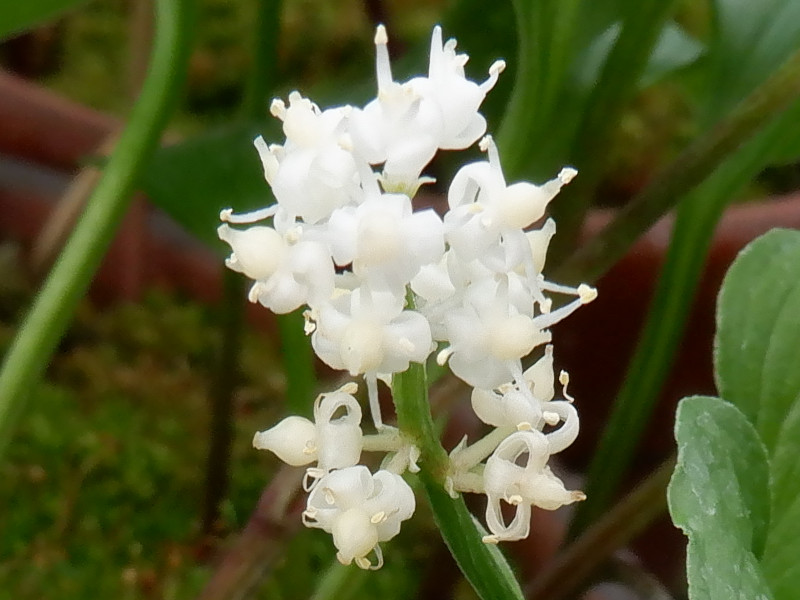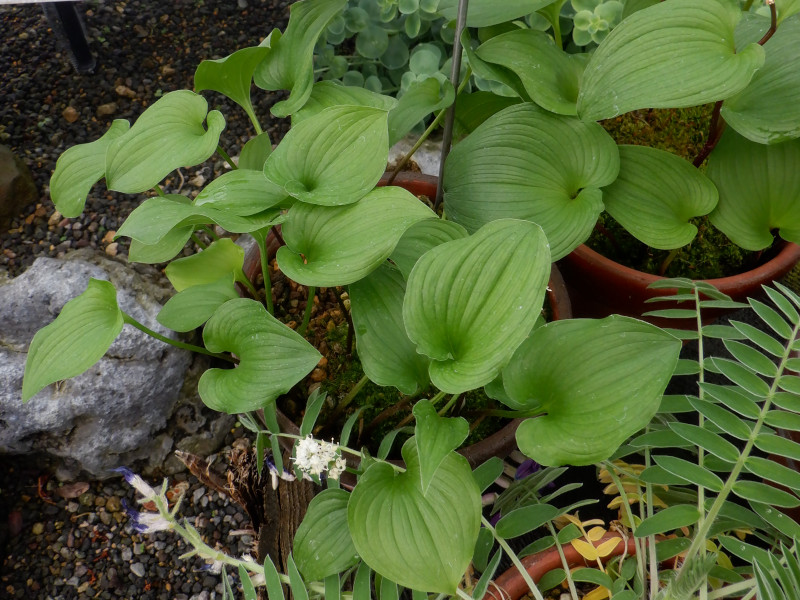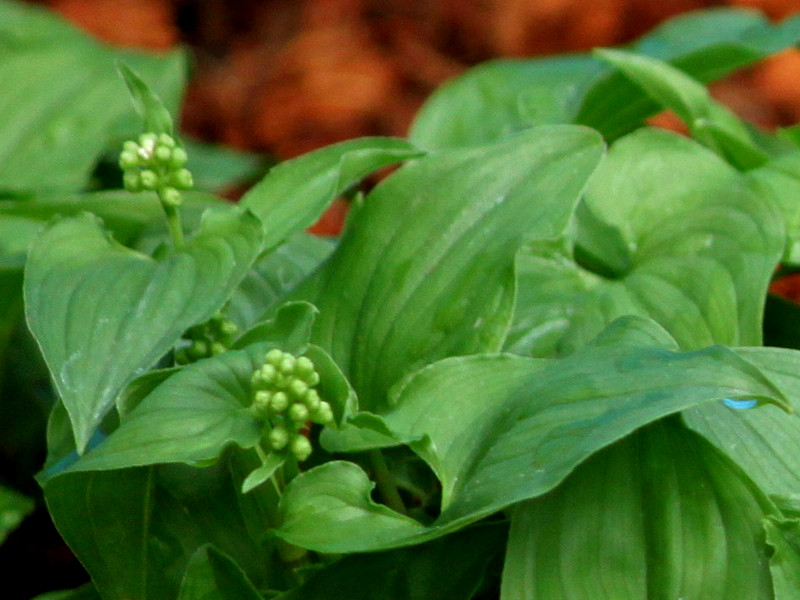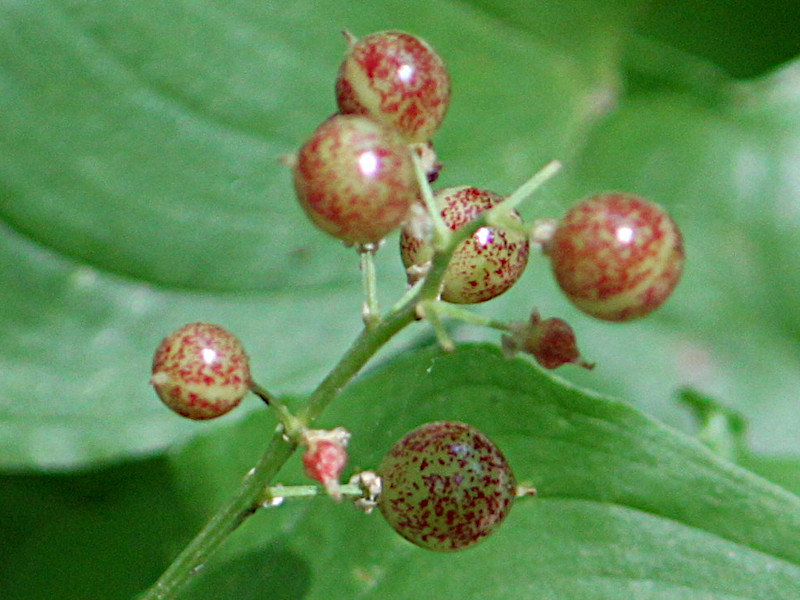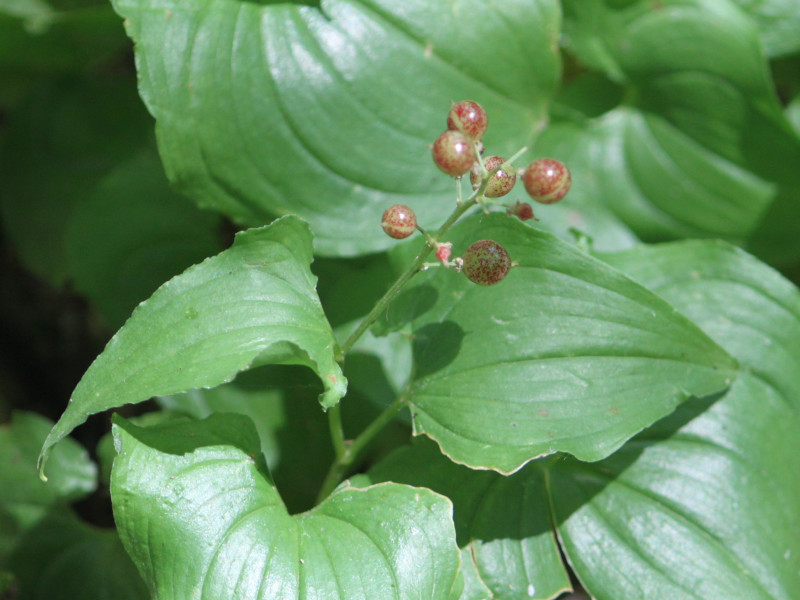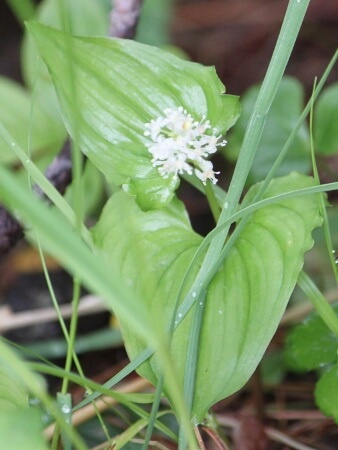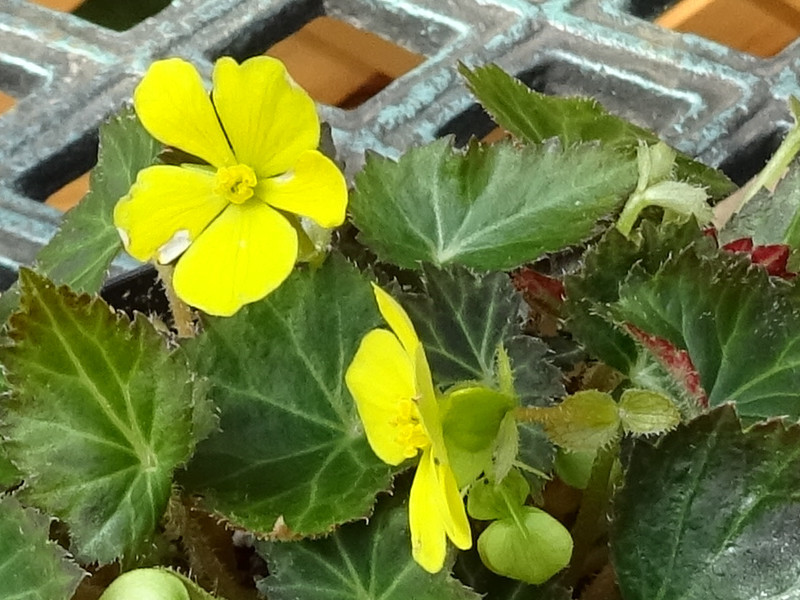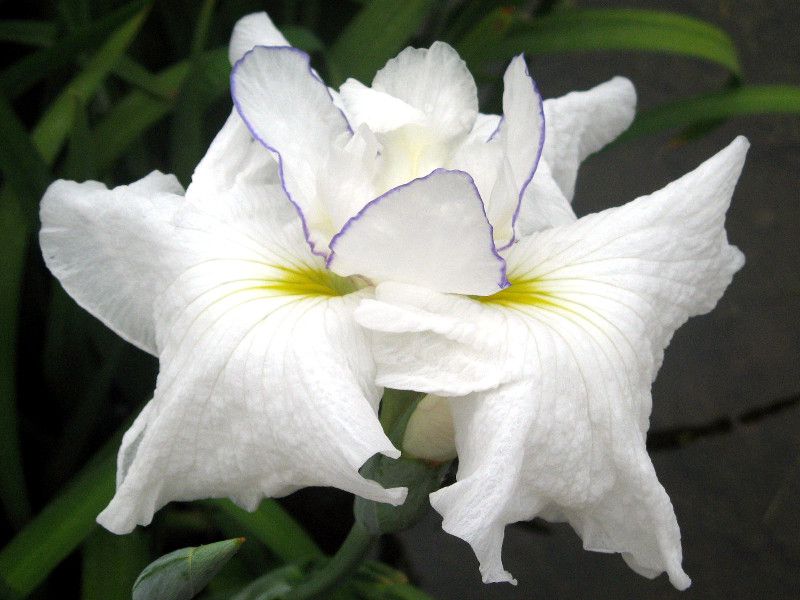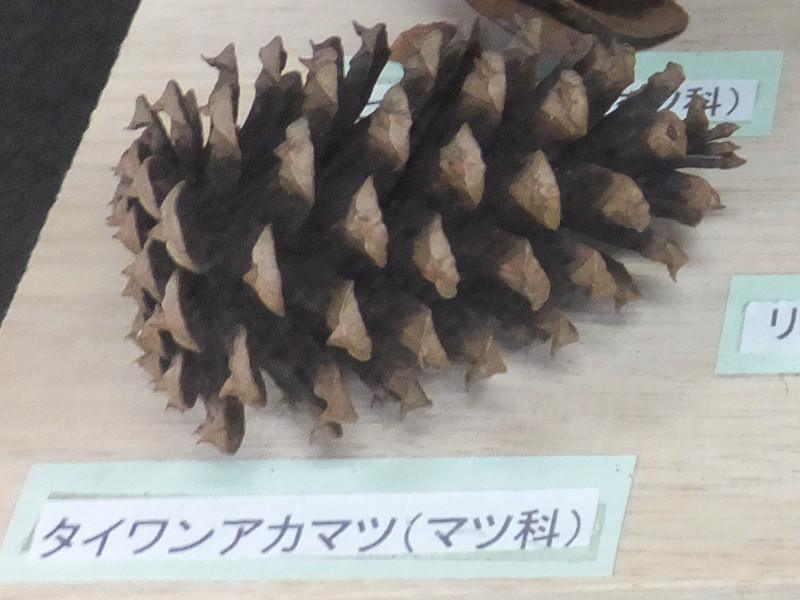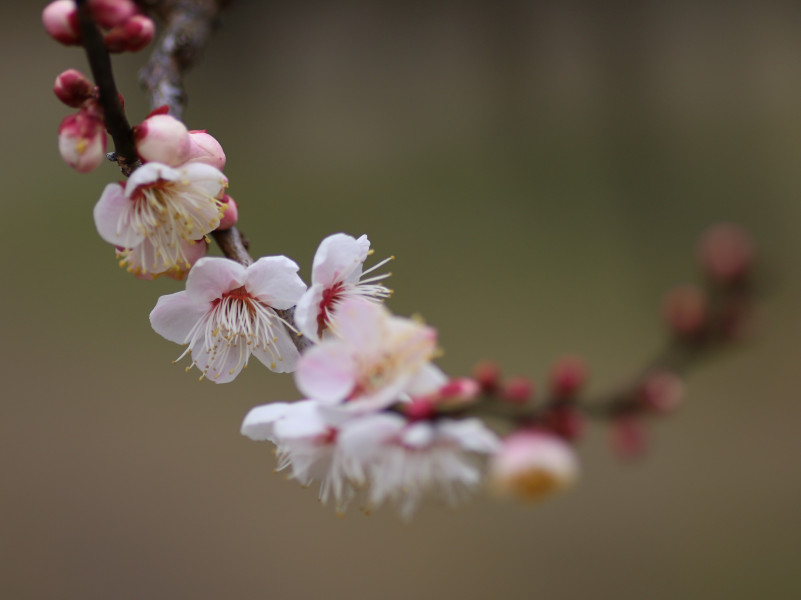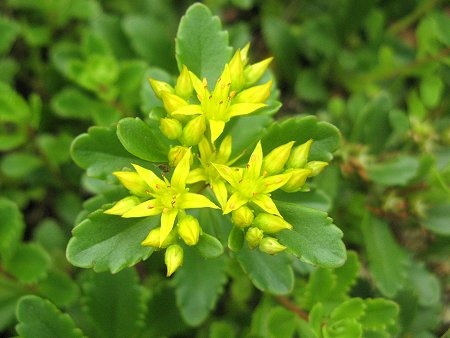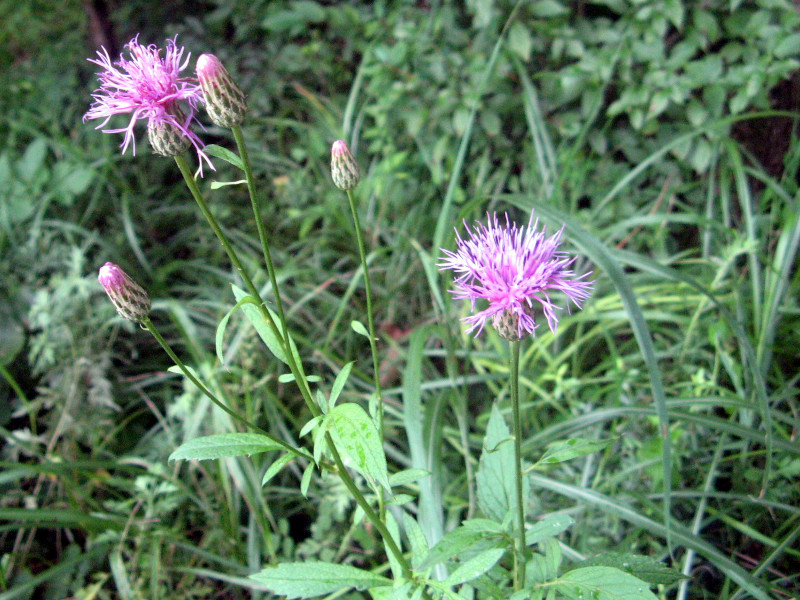Maianthemum dilatatum
- Flower nameMaianthemum dilatatum
- Scientific nameMaianthemum dilatatum
- Alias舞鶴草, snakeberry, Maianthemum dilatatum
- Place of originMongolia, Japan, and North America
- Place of floweringLow mountains, Sub-alpine
- Flowering seasonMay, June, July
What is Maianthemum dilatatum
Maianthemum dilatatum , as known as false lily-of-the-valley, snakeberry or Maizuru sou (Scientific name: Maianthemum dilatatum) is native to Mongolia, Japan and North America, and is a perennial plant belonging to the family Asparagaceae. In Japan, it grows under conifers in the subalpine zone of Hokkaido to Kyushu. The leaves are heart-shaped and green. From spring to summer, the inflorescence extends from the tip of the stem, and about 20 small white six-petals bloom. The petals warp outward. The style is a little thicker and there are 4 stamens.
Common name: Maianthemum dilatatum, Scientific name: Maianthemum dilatatum, Origin: Mongolia, Japan, North America, Habitat distribution: Japan In Hokkaido-Kyushu, living environment: under the coniferous trees in the subalpine zone, life type: perennial, plant height: 10-15 cm, underground stem: branching in a thin string, extending long, leaf shape: like a crane dance Visible, pointed heart shape, leaf length: 5 cm, leaf color: green → yellow → brown, leaf quality: hairless on the front and back (hairy for scallop), leaf rim: full edge (sawtooth on sword) , Inflorescence shape: general inflorescence, corolla shape: six petals, flowering period: May to July, flower diameter: 0.3 cm, inflorescence length: 2 to 5 cm, flower color: white, fruit type: fruit and fruit, fruit shape: spherical , Fruit color: white → red, fruit diameter: 0.5 cm.
